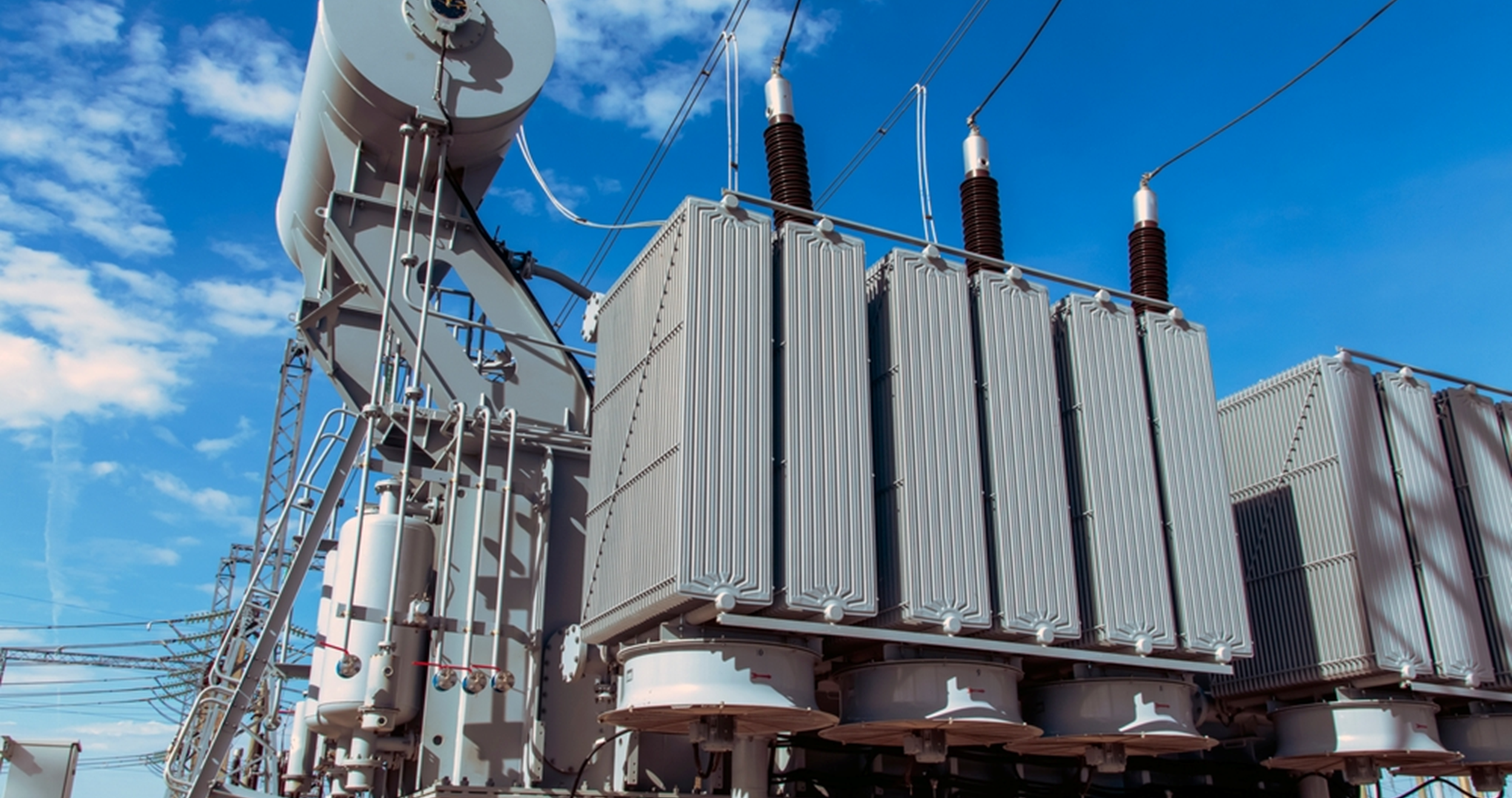Our recommendations
Last Update
28 June 2023
Technology overview and suitability for hydrogen in India
Technology overview – hydrogen production by reformer technology
The major end uses in India is from fertilizer (ammonia), chemicals (methanol) and oil refineries. It has demand from transportation and power generation and grid balancing at very nominal levels and is expected to increase by end of 2030.
Syngas Generation :
• Steam Methane Reformation (SMR)
• Autothermal reforming (ATR) and Partial Oxidation (POx) –
Lower number of references for hydrogen production, but technologies are mature
Preferentially used in large scale industries e.g. synthetic fuels and commodity chemicals
SMR + ATR Combined Reforming (as used in ammonia and methanol production)
• Gas Heated Reformer (GHR). GHR is not a self-sufficient reforming technology. An external heat source is required to meet/supplement the reforming needs of the GHR. This is typically provided by combining a GHR unit with a high temperature heat source (reformed gas) from an ATR or SMR.
CO2 Removal :
• Amine based systems –
Amine based CO2 removal systems are mature technologies. Selexol is also competitive at large capacities and where the cost of power is high
Technological improvements include better heat integration, reduced fouling of solvents and improved corrosion efficiencies
H2 Extraction :
• Pressure Swing Adsorption (PSA) –
Mature technology available at large capacities and high purity requirements
Technological improvements include increased reliability and longer absorbent lives
• Membranes –
Technology is maturing, however is associated with lower purity H2 product and increased operating costs
Hydrogen production – steam methane reforming (SMR)
• Mature technology and widely used across the refining and petrochemical industries
• Improvements have included higher performing materials, improved heat recovery, lower pressure drop and higher conversion catalysts
• Typical capacities ~20 MMSCFD (22 kNm3 /h or 74 MW H2 HHV) to world scale capacities of 150 - 200 MMSCFD (168 - 224 kNm3 /h or 564 – 739 MW H2 HHV)
• Example large scale proven single train SMR plants:
Grayville, USA: 120 MMSCFD (134 kNm3 /h or 450 MW H2 HHV)
Baton Rouge, USA: 120 MMSCFD (134 kNm3 /h or 450 MW H2 HHV)
• Improvements have included higher performing materials, improved heat recovery, lower pressure drop and higher conversion catalysts
• Typical capacities ~20 MMSCFD (22 kNm3 /h or 74 MW H2 HHV) to world scale capacities of 150 - 200 MMSCFD (168 - 224 kNm3 /h or 564 – 739 MW H2 HHV)
• Example large scale proven single train SMR plants:
Grayville, USA: 120 MMSCFD (134 kNm3 /h or 450 MW H2 HHV)
Baton Rouge, USA: 120 MMSCFD (134 kNm3 /h or 450 MW H2 HHV)
Do you want to seek Eninrac assistance in helping you resolve some critical business issues? Engage with us and reach out to our experts by using the Request for Proposal (RFP) form.
BEST VISION IS INSIGHT
Combine market knowledge and your skill to contribute value for end consumers

Transformer Sales Surge: ₹75,000 Crore Opportunity Ahead

Solar Parks Development Status in India

EU Solar Market 2024: Utility- Scale Resilience Amidst A Slumping Rooftop
Get started with
EI Market personalised demo
Complete the form to get in touch with our sales team to see our Visionboard platform in action. We'll show you how you can use eninrac to build a culture of action of consistently hunting down and eliminating poor market research expriences across your companies line of business


